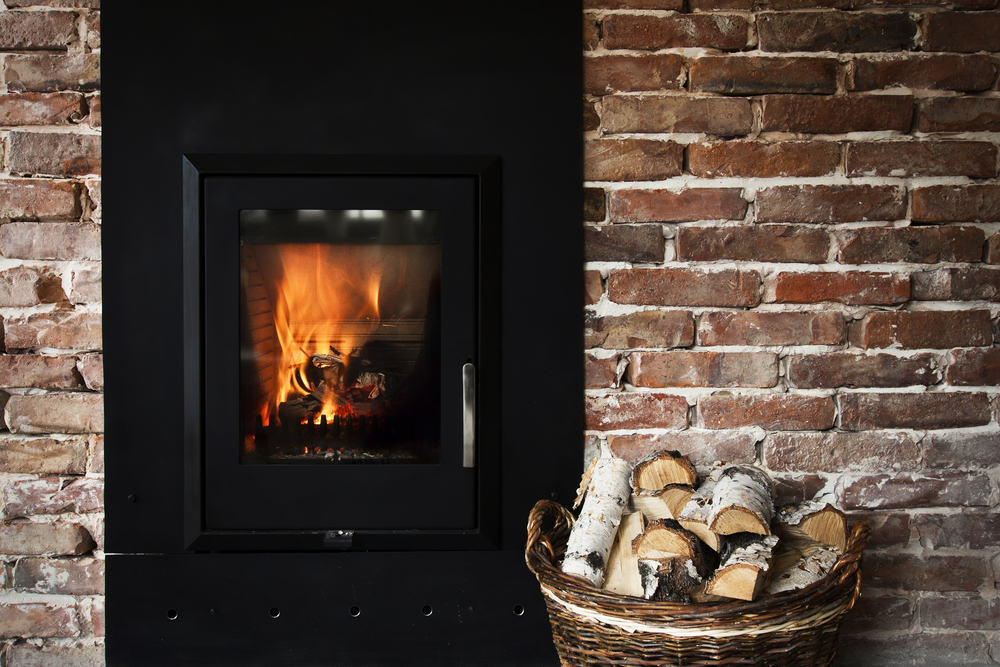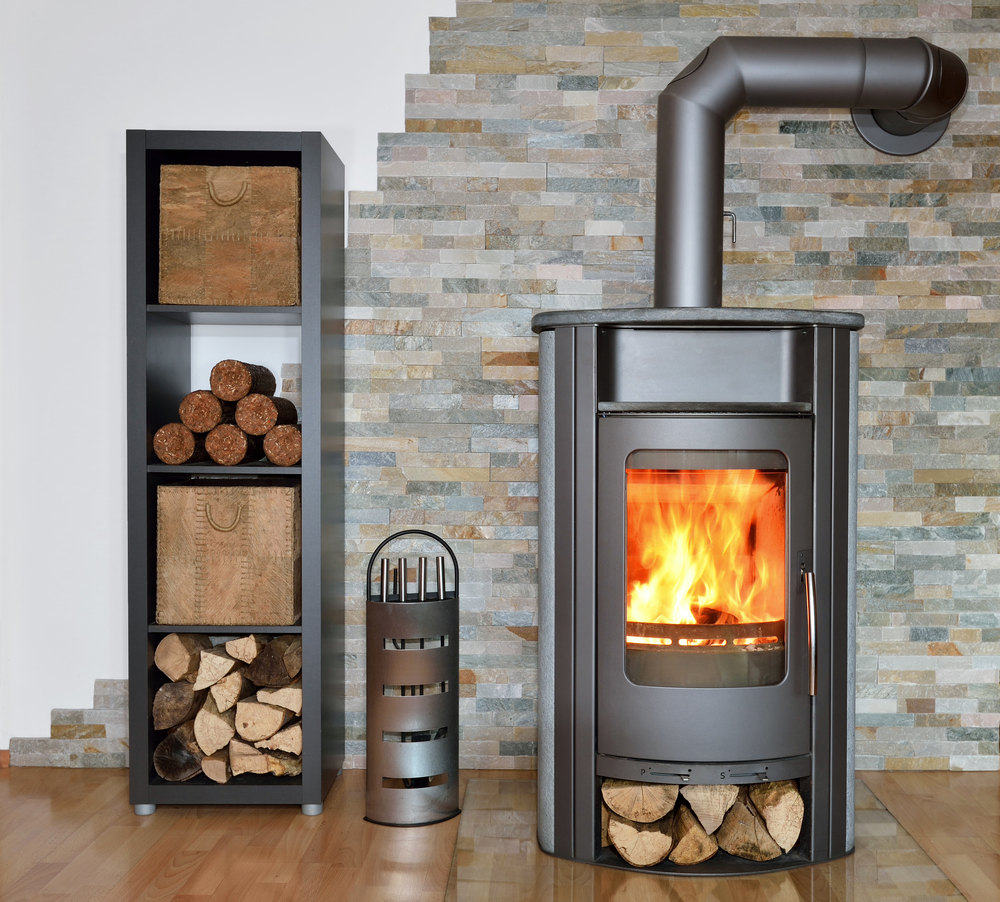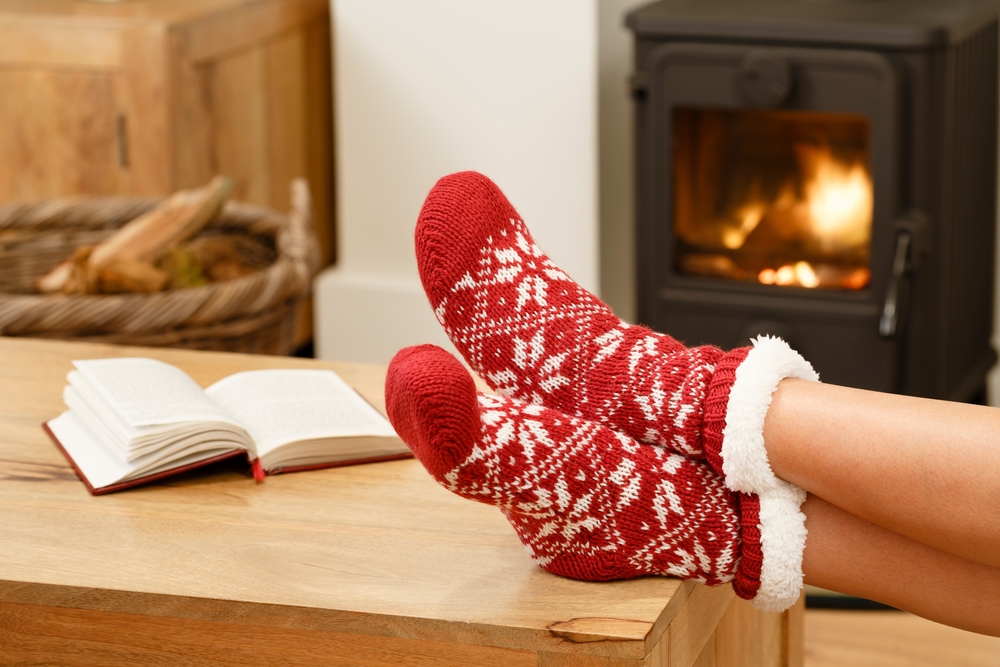When it comes to your new wood burning stove, we are sure it is currently pride of place in your home. And like all new wood burning stoves, it will be gleaming and shiny, and you’ll be desperate to light it. But how can you keep it performing well, and looking great in the long term? Well, regular wood burning stove maintenance is an important part of stove ownership. And here at JMS Stoves, we are leading wood burning and multi-fuel stove experts. As a result, we have produced this guide to wood burning stoves, and maintenance tips for new owners.
Choose the right wood
For your stove to perform to the best of its ability, it needs to be given the best possible material to burn. As a result, you should only ever use fully seasoned wood. Be careful to check bags of wood that are sold as seasoned, as in many cases, they are simply still too wet to burn efficiently. That’s why its always a great idea to buy next years wood, this year, and give it time to dry out further. Your stove will be grateful.
Chimney maintenance
Taking care of your chimney is important if you are going to be burning wood regularly. So make sure you get your chimney swept at least once a year.
Clean the glass daily
Although modern wood burners have an air wash system, they still leave a thin layer of ash on the stove glass. Cleaning this off daily, is a much better idea than letting it build up over time, and become almost impossible to remove.
Monitor your rope seals
The seals and gaskets on a wood burning stove are designed to keep the stove air tight. This means that they only allow air into the stove through the air inlets. Make sure they’re sealing properly to avoid over firing.
For more information or advice, or for your new wood burning stove, get in touch today with the experts here at JMS Stoves.



